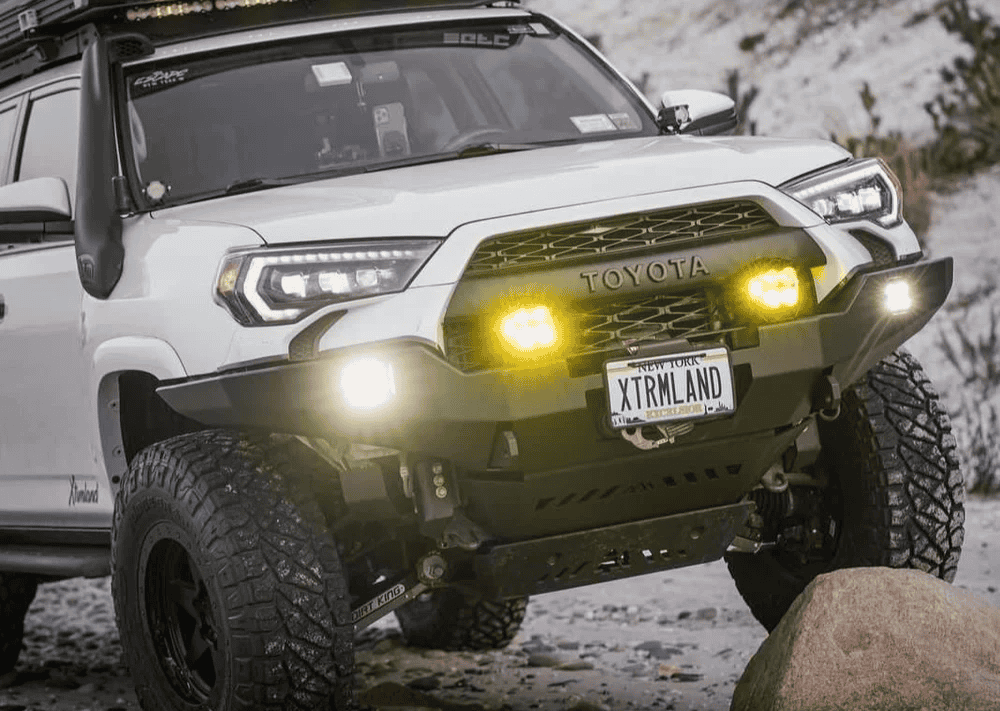Overland Vehicles

An overland truck bed is more than a cargo box. It is the backbone for fuel, water, recovery equipment, tools, and a sleeping or canopy system that must survive endless corrugations and weather. The priority is predictable handling and durability on rough tracks without sacrificing basic road manners. That is why many travelers move from a factory bed to an off road flatbed or tray bed. A well planned deck can improve departure angle, expand storage volume, and simplify mounting for canopies and campers.
Traditional stamped steel beds are quiet and affordable, yet they limit mounting options and internal volume. An offroad flatbed replaces the tub with a square deck built from steel or aluminum. Steel resists impact and is easy to repair in remote areas. Aluminum drops weight, which can improve payload headroom and reduce stress on suspension. Composite panels sometimes appear in canopies, but the main structure of a custom offroad flatbed is typically metal for long term serviceability.
Mounting points must align with the frame to keep loads predictable across whoops and washboard. Crossmembers should distribute weight and allow some frame flex without cracking the deck. Think in terms of payload math, not just static capacity. Fuel, water, spare tires, roof loads, tools, and a canopy add up fast. Place dense items low and forward to protect handling. A well designed overland flatbed also considers shock tuning, tire load index, and spring rate to keep the truck composed at speed.
A proper off road truck bed integrates tie downs at the corners and along the rails so you can secure odd shaped cargo. Locking underbody boxes keep tools and recovery gear off the deck and out of the weather. Many builders add a rear receiver and frame tied recovery points rather than relying on bumper sheet metal. A headache rack protects the cab and provides a sturdy mount for a spare, light brackets, and radio antennas. Electrical runs should be shielded, fused, and routed away from pinch points.
A tray bed is a flat deck with side rails and often removable drop sides. This style is popular because it converts from a box to an open platform in minutes. An off road flatbed truck with a fixed rail system trades quick drop sides for extra rigidity and large tie down options. Either way, the key is to start with the use case. Will you run a canopy with drawers, a slide out kitchen, and dual spares, or do you need an open deck for bikes, lumber, and odd cargo during the week
Materials set the tone. Steel flatbeds are tough and economical to repair nearly anywhere. Aluminum saves significant weight, which can help when adding a canopy camper or rooftop tent. Pay attention to deck height since taller frames and lift kits raise the center of gravity. A good design keeps heavy items below the rail line and leaves clear access to the spare and jacks.
Ventilation and sealing matter if you use side boxes. Dust enters through the smallest gaps, so use automotive bulb seals and filtered vents. Water finds seams during river crossings and storms, so drain holes and corrosion resistant fasteners are a must. For lighting, choose sealed connectors, proper grommets, and dedicated grounds to avoid intermittent faults after miles of vibration.
Braking and visibility also deserve a check. Confirm that tail lights, license plate lights, and reflectors meet local regulations once the bed is swapped. A rear camera and bright work lights reduce risk during tight night maneuvers. If you tow, integrate a class appropriate hitch with frame ties rather than relying on thin crossmembers.
Consider these selection points before committing:
A custom offroad flatbed opens room for water tanks, diesel heaters, battery systems, and air lines. It also cleans up weight distribution when compared with a stock bed stuffed with totes. The best setups are planned around a scale session that confirms axle weights with a full travel load.
If you are mapping an overland flatbed from scratch, expert planning saves time and prevents rework. See the range of platforms and concepts on our overland rigs page to understand how cargo, power, and shelter come together on the frame. When you are ready to translate your needs into mounts, boxes, and canopy fitment, explore our custom overland upfit process for a clear, step by step path. Curious about the shop, standards, and handoff experience Start with why choose OZK Customs to see how builds move from concept to trail ready.
An off road flatbed is a foundation, not a final destination. You are choosing a structure that must carry essentials across seasons, states, and surfaces. Done right, a flat deck or tray bed keeps gear organized, weight under control, and recovery points where you need them. Whether you daily drive the truck or aim for long remote routes, thoughtful design will pay off every mile.
Ready to build a reliable overland flatbed that fits your route, payload, and travel style? Tell us about your platform, range needs, and gear. Our team will propose a clear path from concept to a turn key setup. Share your goals in the form and get a practical, no fluff plan to move from idea to road ready.
ADDRESS:
6159 E Huntsville Rd, Fayetteville, AR 72701
PHONE:
(479) 326-9200
EMAIL:
info@ozkvans.com